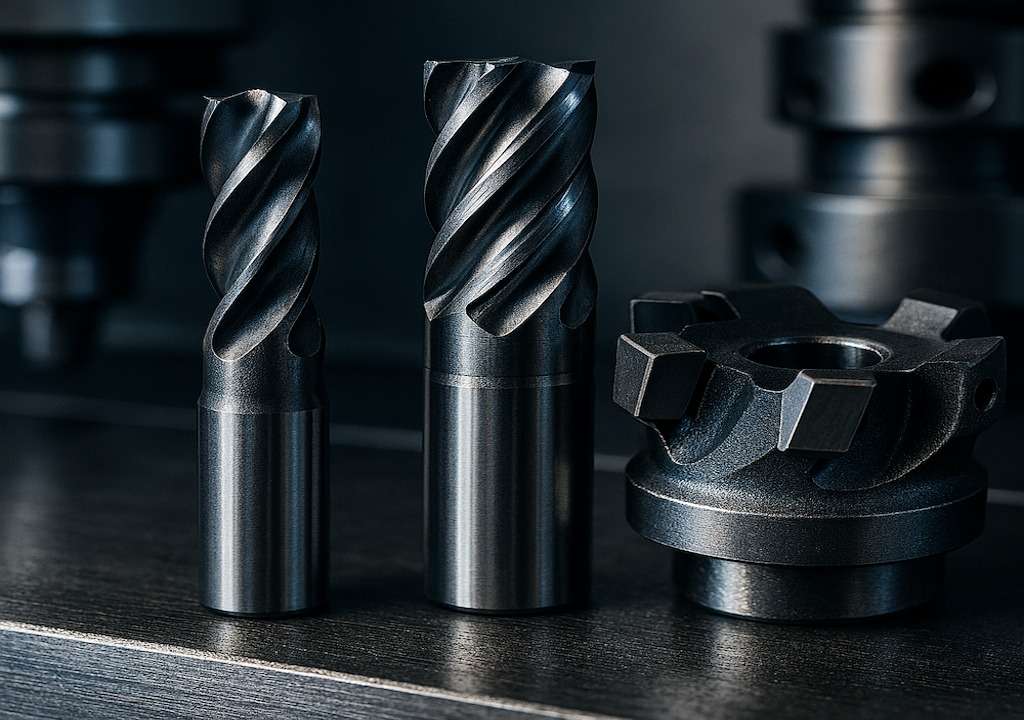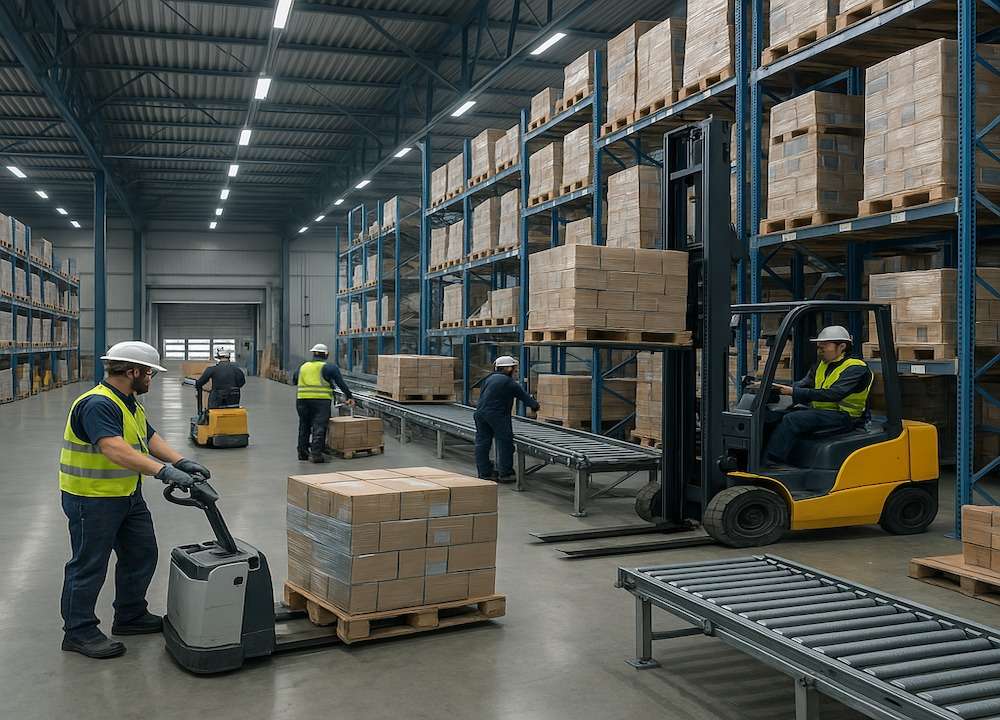A current report published by Infomerics Valuation and Rating – a SEBI registered financial services credit rating company showcased the growth witnessed by the steel industry in the country, even after battling several COVID19 induced crises such as lack of construction activities, etc. Not only has the steel production risen but there has been a subsequent growth in the exports, with China being one of the prospective buyers.
The report titled ‘Steel Industry: Trends & Prospects’ stated that the exports for the current fiscal are expected to supersede that of FY21, having already surpassed 70% of that year. The industry has also witnessed relative growth in exports, which accounted for ₹19,267 Crore while imports from China stood at ₹16,369 Crore, in spite of cross-border tensions between the two nations.
One of the premier sectors in the country, the steel sector contributes approximately 1.5% to India’s GDP and acts as a support system for the economy, providing employment opportunities to about 25 lakh people directly and indirectly. In terms of steel consumption, India ranks 3rd constituting around 8-10% of the steel consumption. Tapping into the unexplored potential of the sector, the Indian Government is proactively working towards facilitating smooth production and sustenance of the industry.
With its National Steel Policy in function since the year 2017, the country has managed to achieve a significant incremental steel capacity, with the eastern part of the country adding over 75% to it. Also the approval of the PLI scheme by the cabinet for Specialty Steel in India and its subsequent implementation over FY24 to FY30 acts as an added advantage for the sector.
The sector however still remains riddled with a few challenges, one of which is the increasing production and operating costs due to coal shortage in India. Furthermore, global inflationary trends due to higher fuel costs and disruptions in the supply chain continue to bother businesses.
However, even after the prevalence of these hindrances, the signs of optimism are very much evident, with sectors like automobiles and railways extending as cushions for the steel industry to sustain and several stimulus packages issued under the aegis of various institutions providing a safety net for the sector to remain undeterred. These initiatives would eventually help the industry achieve a mammoth target of achieving 300 million tonnes of production capacity by 2030-31.








